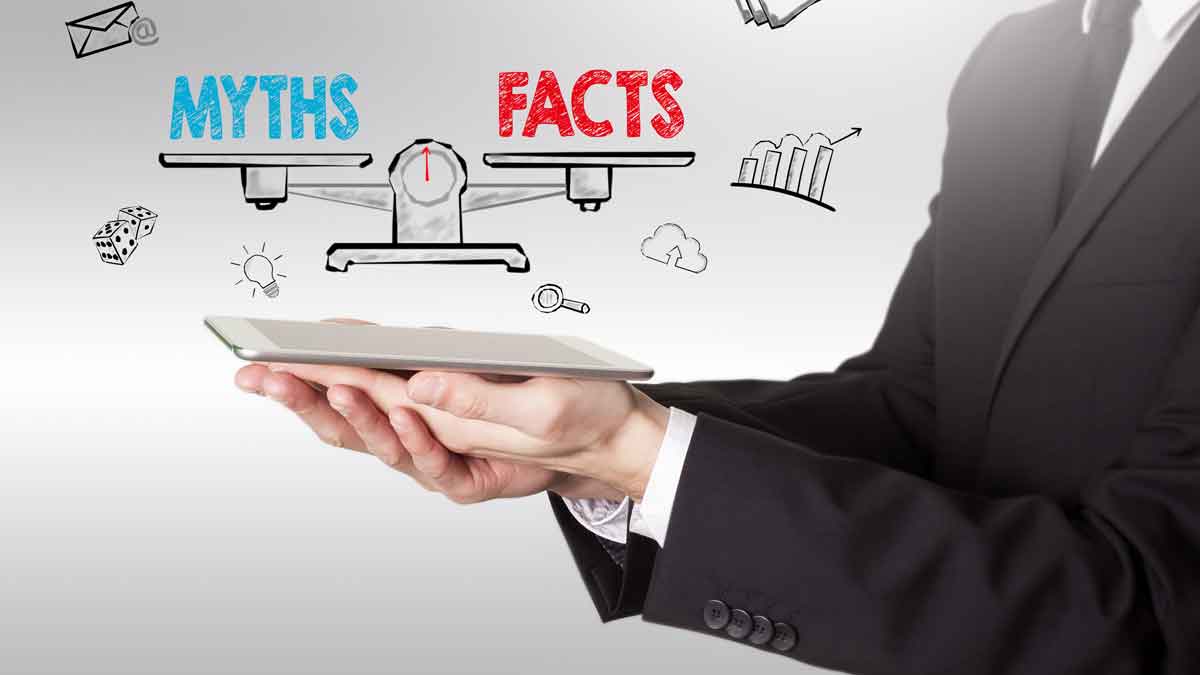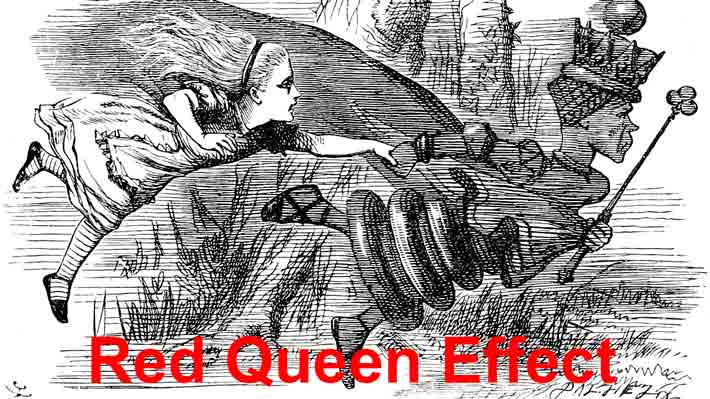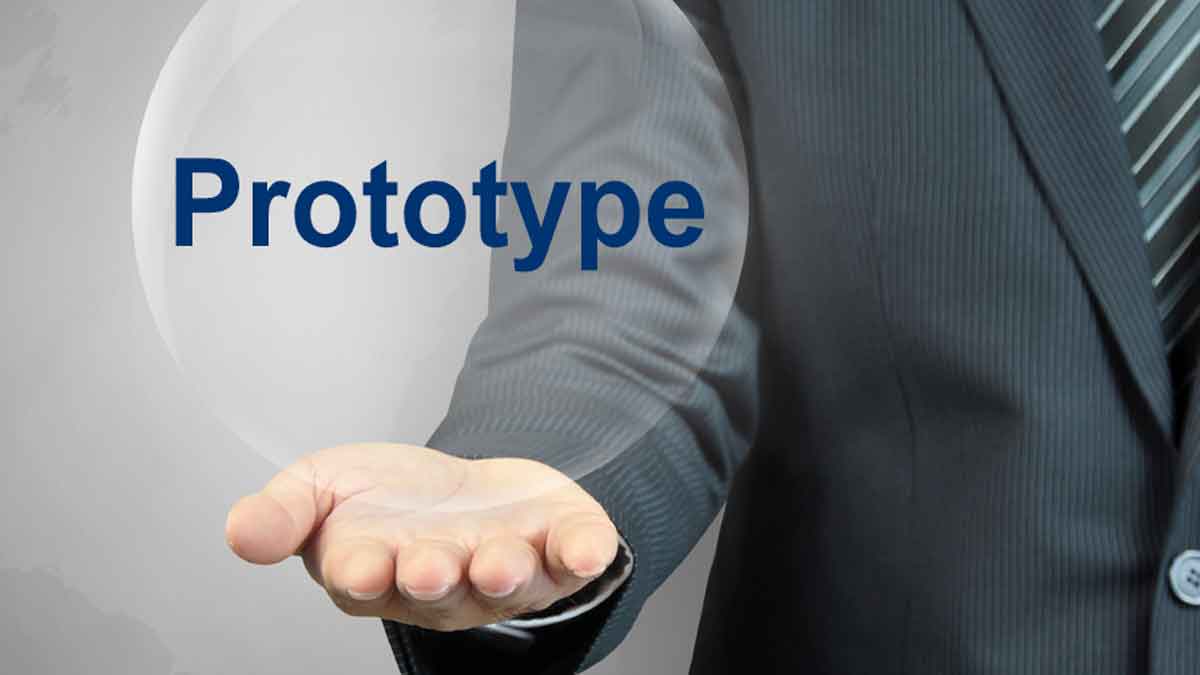The #1 culprit for wrong facts is the untested assumption. Someone thinks the customer would like this or that, and the assumption morphs into a “fact” over time. A missing fact occurs when an important question is not answered. The overwhelming reason is… it’s never asked. With proper B2B customer interviews, you can avoid most wrong and missing facts.
More in article, Should Your Stage-Gate® Get a No-Go?
In the front end of innovation, though, there are just two ways to fail. An error omission is failing to uncover an unarticulated customer need. An error of commission is choosing the wrong customer need to work on. Funny thing about errors of omission: No one knows you erred… until a competitor launches a blockbuster product.
More in white paper, Guessing at Customer Needs (page 5).
A new product development process with stages and gates provides helpful discipline. But most suffer from two limitations: 1) Internal focus… talking to ourselves instead of customers. 2) Analytical thinking… promoting a checklist mentality. You also need discovery thinking, with a focus on learning. Unlike analytical thinking, this is fragile and must be nurtured.
More in article, Should Your Stage-Gate® Get a No-Go?
Some firms exhibit “Brownian motion,” with initiatives flying in all directions. In others, ideas are vigorously debated… in action-free zones. In other cases, action begins but quickly fades, leaving employees wondering what next year’s program will be. In the saddest situations, long-term initiatives live only in the investor relations department’s PowerPoint® slides.
More in article, Build Growth Muscles at Your Company
In both cases models are used to predict future behavior. Barometric pressure and other data are the “raw material” for weather models. For you, it’s quantitatively measuring key customer outcomes in the front-end of innovation. Your model lets you replicate the customer experience… so you can know with confidence how they’ll react to any of your product designs.
More in article, How to model customer needs (Originally published in B2B Organic Growth newsletter).
In Lewis Carroll’s Through the Looking Glass, Alice was dismayed after much running to find she and the queen were still in the same spot. The Red Queen explained, “My dear, here we must run as fast as we can, just to stay in place. And if you wish to go anywhere, you must run twice as fast as that.” What are you doing that truly lets you “run faster” than competitors? Here’s one that works: Understand customer needs better than them.
More in white paper, Guessing at Customer Needs (page 7).
For example, do you have a serious discussion about customers’ next best alternatives? What do we know about these alternatives, how do we know this to be true, how do customers measure their satisfaction, and how is our new product design stacking up? Without such insight, you’ll have to guess at your new-product pricing.
More in article, Four Steps Needed for New Product Differentiation
Send commercial-technical teams on interviews… but don’t let them sell or solve. If you sell during voice-of-customer sessions, customers know you’re not really interested in them. If you solve, you’re jeopardizing your intellectual property. In either case, you’re wasting precious time better used to understand customer needs.
More in e-book, Reinventing VOC for B2B (page 24).
After qualitative interviews, seek customer ratings on key outcomes: “How important is abrasion resistance on a 1-10 scale? And how satisfied are you today with abrasion resistance on a 1-10 scale?” This lets you converge with confidence on only those outcomes customers care about… those with Market Satisfaction Gaps over 30% (important and unsatisfied).
More in white paper, Catch the Innovation Wave (page 11).
I love it when our clients have cool technology and clever ideas. But don’t mention these to customers during VOC interviews. From the customer’s perspective, the interview should look exactly the same whether or not you’ve got a great hypothesis. Give your hypothesis the silent treatment for now. Simply listen to the customer.
More in article, Give your Hypothesis the “Silent Treatment” (Originally published in B2B Organic Growth).
Strong intermediate (vs. ultimate) innovation metrics share these qualities: 1. Insightful: They help firms understand relationships between cause and effect. 2. Predictive: They measure behavior that will foretell ultimate success. 3. Actionable: Their short “feedback loop” allows rapid adjustments to be made. Are you using such metrics?
Read more in the article, 3 Problems with Innovation Metrics
(Originally published in B2B Organic Growth newsletter).
Sure, the most important practice is understanding customer needs. But most overlooked? Few suppliers ask customers 1) for the most important, unsatisfied outcomes, 2) what test methods measure these outcomes, and 3) how satisfied customers are by various test results. Without these questions, you cannot properly assess competing alternatives.
More in article, Four Steps Needed for New Product Differentiation (Originally published in B2B Organic Growth newsletter).
If any process in your company should be customer-driven, it should be the one developing products for customers, right? So try this at your next review: Ask team members how many hours they spent talking to customers… and how many hours working internally. You may be surprised at how little time was spent understanding customer needs.
More in article, Should Your Stage-Gate® Get a No-Go?
If you ask B2B customers the right questions, you can replicate their experience within your operation. Learn which outcomes they care about, which test methods simulate those outcomes, and how much satisfaction would be delivered by any test result. Do this properly and you’ll know how they’ll react before they react.
More in white paper, Catch the Innovation Wave (page 11).














